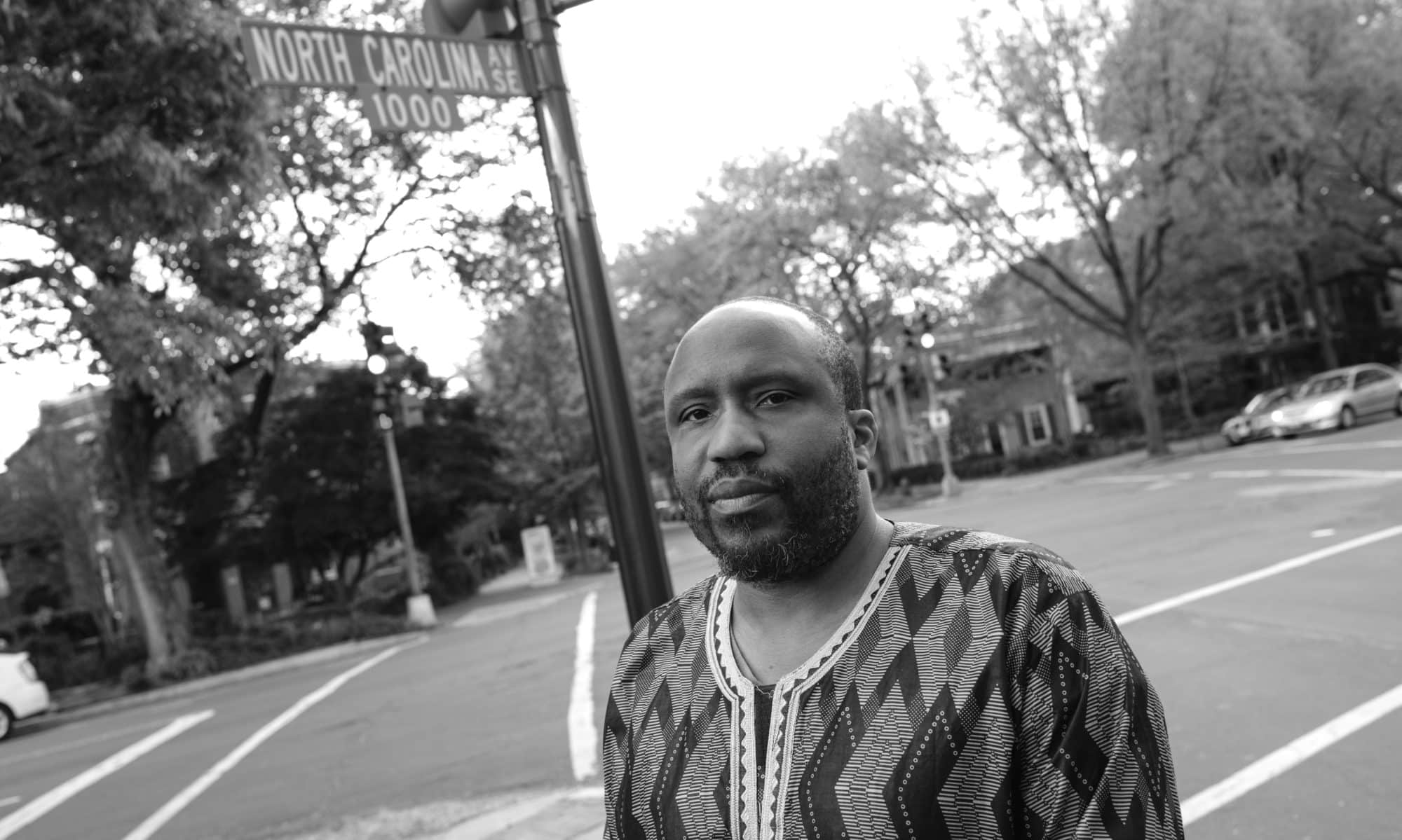I started writing this on the day after my birthday, but got caught up with family, putting together my thesis, planning our trips to Paris, Boston and DC. So I know that this is way belated, but I wanted to post it anyway as way to try to kickstart my blogging again. I hope you all will enjoy reading this nonetheless.
————————–
I have learned a lot about myself in these past almost 2 years I have been living here in Bamako. Although it is easy to type or perhaps even to say, it is no small thing for African American like myself to make such a bold claim and internalize its weight in the face all that may be trying to tell me the opposite.
Last year, after hearing Lorna Goodison, Kwame Dawes and Brenda Marie Osbey speak at Furious Flower 2014, things become a lot clearer for me, in listening to what they had to say.
I was particularly struck by Kwame Dawes’ presentation, in which he spoke about his “absence of angst”, “absence of divideness” , “absence of struggle and identity crisis” , with regard to who he is and where he comes from.
Hearing how clearly and resolutely he spoke really affirmed a lot of what I have been feeling and trying to articulate lately.
Later that same day I got a chance to sit down with Kwame Dawes to be filmed for the Furious Flower Archive, it was really an honor and privilege to talk with him. I hope some portion of that will find the light of day. After our conversation while walking back for another session, I started ruminating on the following quote by Kwame Nkrumah:
“I am not African because I was born in Africa, but because Africa was born in me.” -Kwame Nkrumah
This quote nailed it for me. I know some will find this problematic, or that perhaps that the Pan-African spirit that is undergirds what Nkrumah said is archaic and does not fit today’s reality, but I disagree. I think today more than ever we have access to so much more information about who we have been and who we are and that information used correctly can be empowering and perhaps build the kind of bridges necessary for Africa and America.
I have never felt more “African”, than I do today, despite being a “American” from the United States, by blood on the soil & by passport, despite difference, despite being called “white” sometimes (in a non-pejorative way…I think),despite only speaking one language fluently (our American dialect , not English), despite boarders, tribes & ethnicities, despite those who will not claim me, nor allow me to claim myself…I steal a/way, despite those who will claim a spot in my place, despite the magnetic black hole of the middle passage, where clocks run backwards, & the ark of bones left in that wake where time stands still…
I am clear. I am African













































